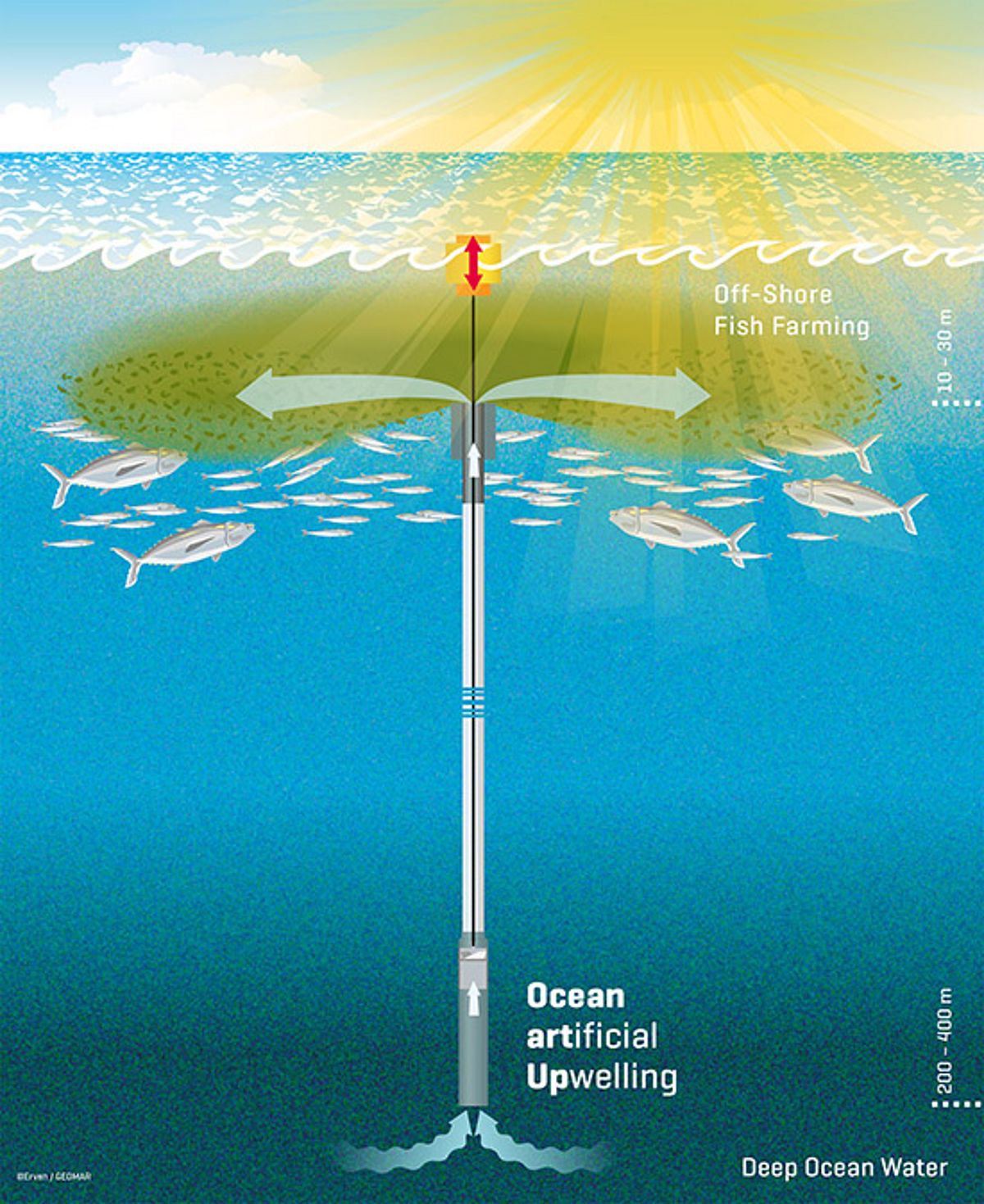Head of the Research Division Biological Oceanography (FB2-BI)
Prof. Dr. Anja Engel
GEOMAR Helmholtz-Zentrum für Ozeanforschung Kiel
Seefischmarkt / building 5, room 5-2.116
Wischhofstr. 1 - 3, 24148 Kiel
Phone:++49/( 0)431 600-1510
email: aengel(at)geomar.de
Administrative Assistant/Department Office FB2-BI
Silvana Gagliardi, room 5-2.310
Phone: ++49 (0)431 600-4445
Telefax: 0431 600-134445
email: bi-sekr(at)geomar.de
W Mikrobielle Biogeochemie (FB2-BI/MB)
Prof. Dr. Anja Engel
GEOMAR Helmholtz-Zentrum für Ozeanforschung Kiel
Seefischmarkt / Gebäude 5, Raum 5-2.116
Wischhofstraße 1 - 3, 24148 Kiel
Telefon: 0431 600-1510
E-Mail: aengel(at)geomar.de
Assistenz/Geschäftszimmer FB2-BI/MB
Monika Peschke, Raum 5-2.310
Telefon: 0431 600-4447
E-Mail: mpeschke(at)geomar.de
Arbeitsgruppe Biogeochemische Prozesse (FB2-BI/BP)
Prof. Dr. Ulf Riebesell
GEOMAR Helmholtz-Zentrum für Ozenforschung Kiel
Seefischmarkt / Gebäude 5, Raum 5-2.313
Wischhofstraße 1 - 3, 24148 Kiel
Telefon: 0431 600-4444
E-Mail: uriebesell(at)geomar.de
Assistenz/Geschäftszimmer FB2-BI/BP
Silvana Gagliardi, Raum 5-2.310
Telefon: 0431 600-4445
Telefax: 0431 600-134445
E-Mail: sgagliardi(at)geomar.de
Arbeitsgruppe Plankton, Biogeochemie und Dynamik (FB2-BI/PBD)
Prof. Dr. Rainer Kiko
GEOMAR Helmholtz-Zentrum für Ozenforschung Kiel
Seefischmarkt / Gebäude 5, Raum 5-4.105
Wischhofstraße 1 - 3, 24148 Kiel
Telefon: 0431 600-1751
E-Mail: rkiko(at)geomar.de
Assistenz/Geschäftszimmer FB2-BI/PBD
Silvana Gagliardi, Raum 5-2.310
Telefon: 0431 600-4445
Telefax: 0431 600-134445
E-Mail: sgagliardi(at)geomar.de



